The features and capabilities of the Newport HT70 ventilator:
- Ventilation Modes: The Newport HT70 offers various ventilation modes to suit the individual needs of patients. Some of the primary ventilation modes include:
- Pressure Control Ventilation (PCV): In PCV mode, the ventilator delivers breaths at a set pressure level. This mode is often used for patients with reduced lung compliance.
- Volume Control Ventilation (VCV): VCV mode delivers breaths with a fixed tidal volume, which is suitable for patients with restrictive lung diseases.
- SIMV (Synchronized Intermittent Mandatory Ventilation): In SIMV mode, the ventilator delivers mandatory breaths at a preset rate, while the patient can initiate additional breaths spontaneously. This mode is useful for weaning patients off the ventilator gradually.
- CPAP/BiPAP (Continuous Positive Airway Pressure/Bilevel Positive Airway Pressure): The HT70 also supports non-invasive ventilation with CPAP and BiPAP modes, which are often used for patients with sleep apnea or respiratory failure who do not require full mechanical ventilation.
- Alarms and Safety Features: The HT70 ventilator is equipped with an extensive range of alarms and safety features to ensure patient safety and the proper functioning of the device. These alarms can detect issues such as high/low pressure, apnea, low battery, disconnections, and ventilator malfunctions. When an alarm is triggered, the device will audibly and visually alert the healthcare team.
- Versatility and Portability: The Newport HT70 is designed to be highly portable, allowing healthcare professionals to move the ventilator easily between different patient care areas. Its lightweight design and compact size make it ideal for use in various clinical settings, including intensive care units, emergency rooms, and ambulances.
- Battery Backup: The built-in battery backup provides a crucial feature, especially during emergencies or when transferring patients between locations. It ensures continuous ventilation in case of power outages or during patient transport.
- Oxygen and Air Supply: The HT70 ventilator can be powered by either an internal battery or by connecting it to an external AC/DC power source. It also has the capability to deliver medical-grade oxygen, and its integrated air compressor allows it to provide precise pressure control.
- Display and User Interface: The ventilator features a clear and easy-to-read display, which provides real-time information about various parameters, including tidal volume, respiratory rate, and pressure settings. The user interface is intuitive and user-friendly, facilitating quick setup and adjustment of ventilation parameters.
- Adaptive Algorithms: The HT70 incorporates adaptive algorithms that can adjust ventilation parameters based on changes in the patient’s respiratory condition, promoting patient-ventilator synchrony and optimizing therapy.
- Data Recording and Connectivity: The ventilator often has data recording capabilities, allowing healthcare providers to review and analyze patient ventilation data over time. Additionally, some models may feature connectivity options, enabling data transfer to electronic medical records (EMRs) or remote monitoring systems.
Overall, the Newport HT70 ventilator is a reliable and versatile mechanical ventilator used for patients requiring respiratory support. It plays a crucial role in managing critically ill patients with respiratory failure, improving their oxygenation, and assisting in the weaning process as their condition improves. However, its proper use necessitates trained healthcare professionals who can appropriately set and adjust ventilation settings based on individual patient needs.
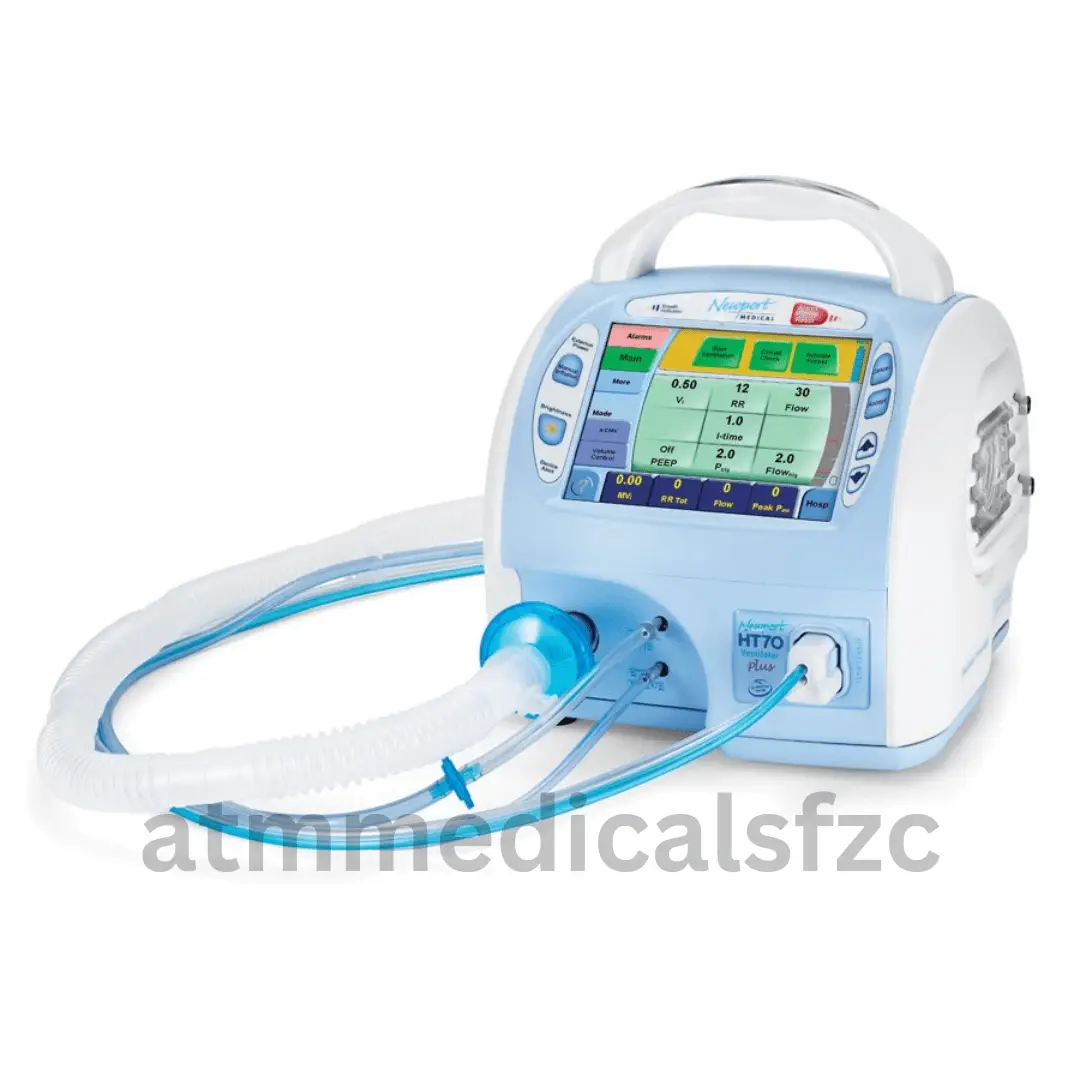
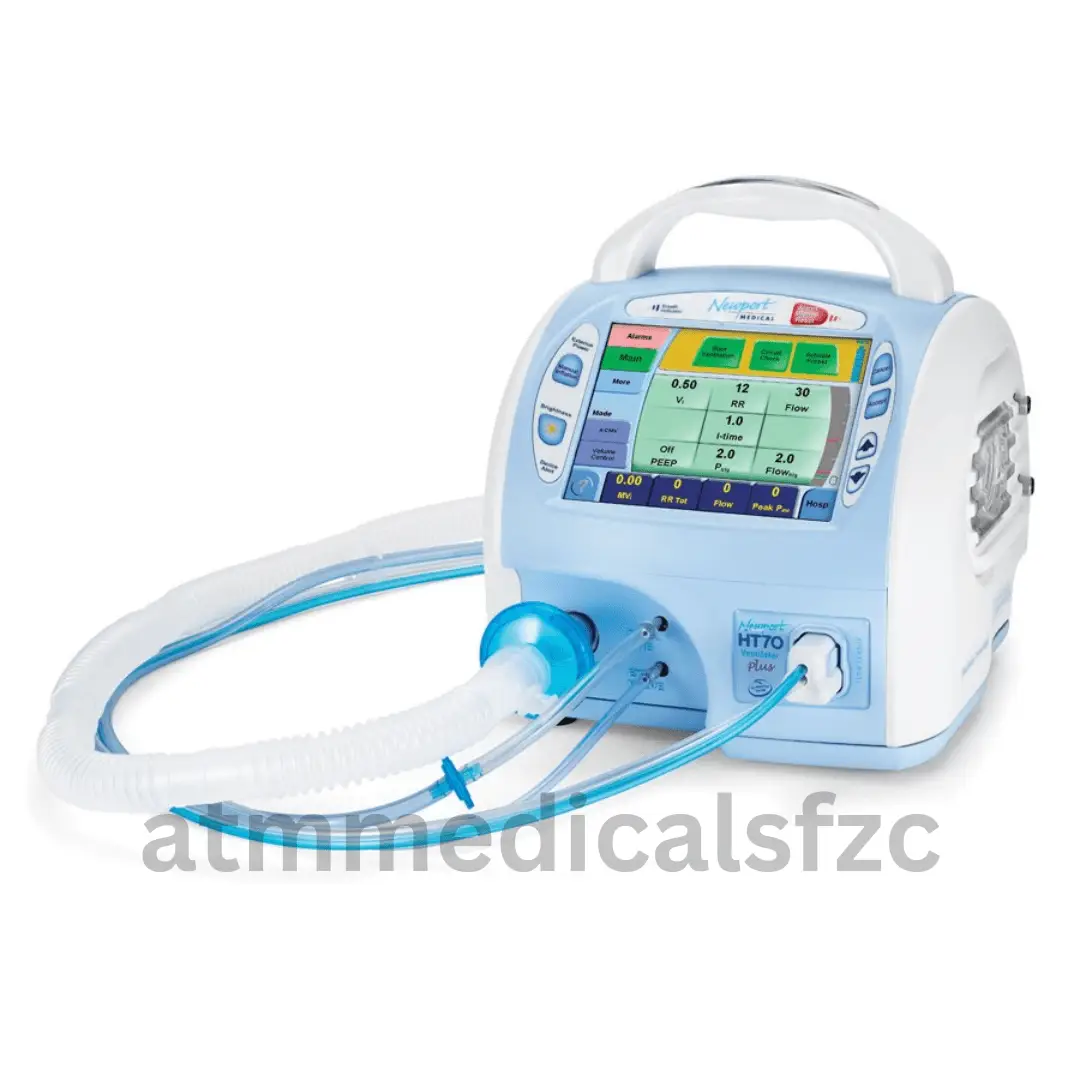
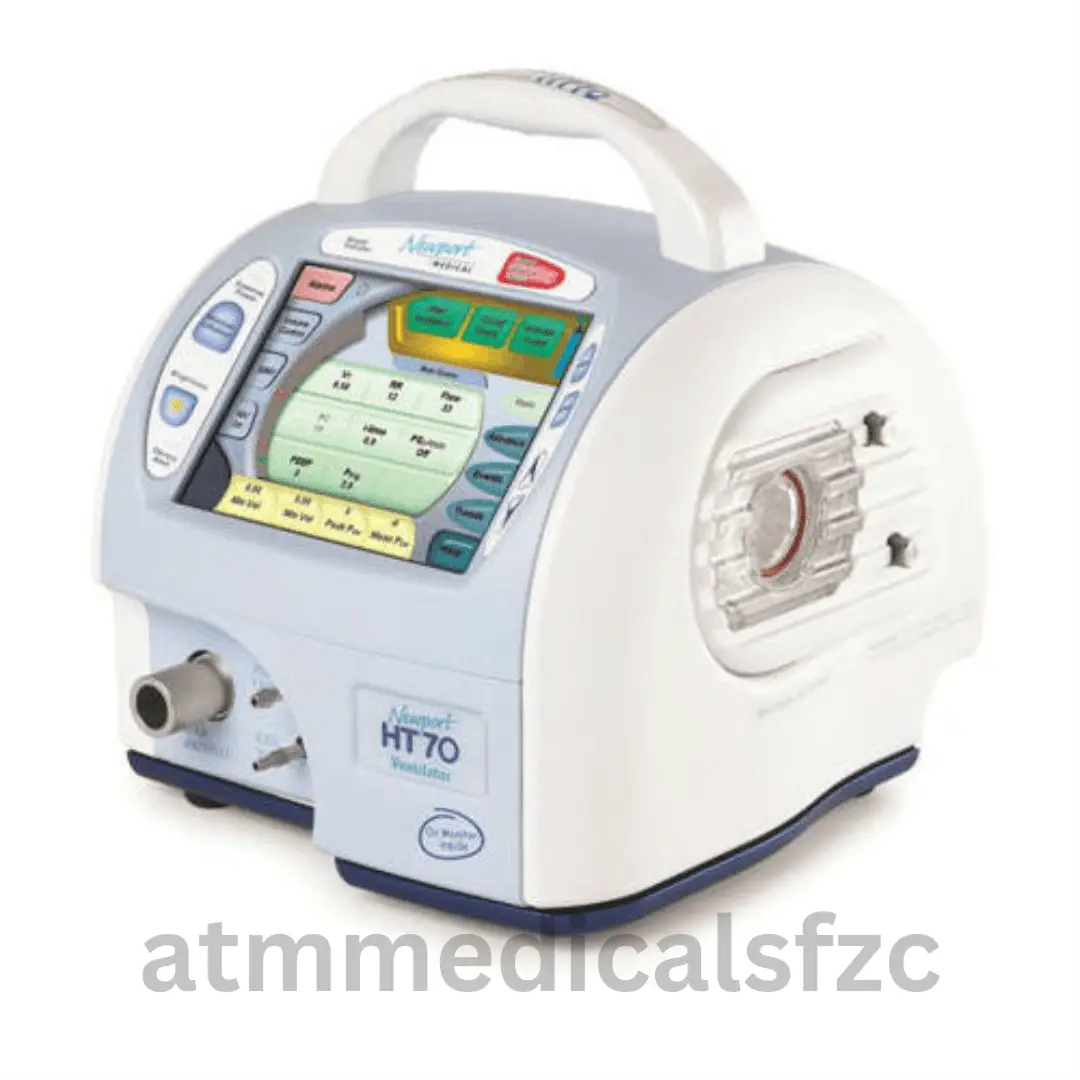
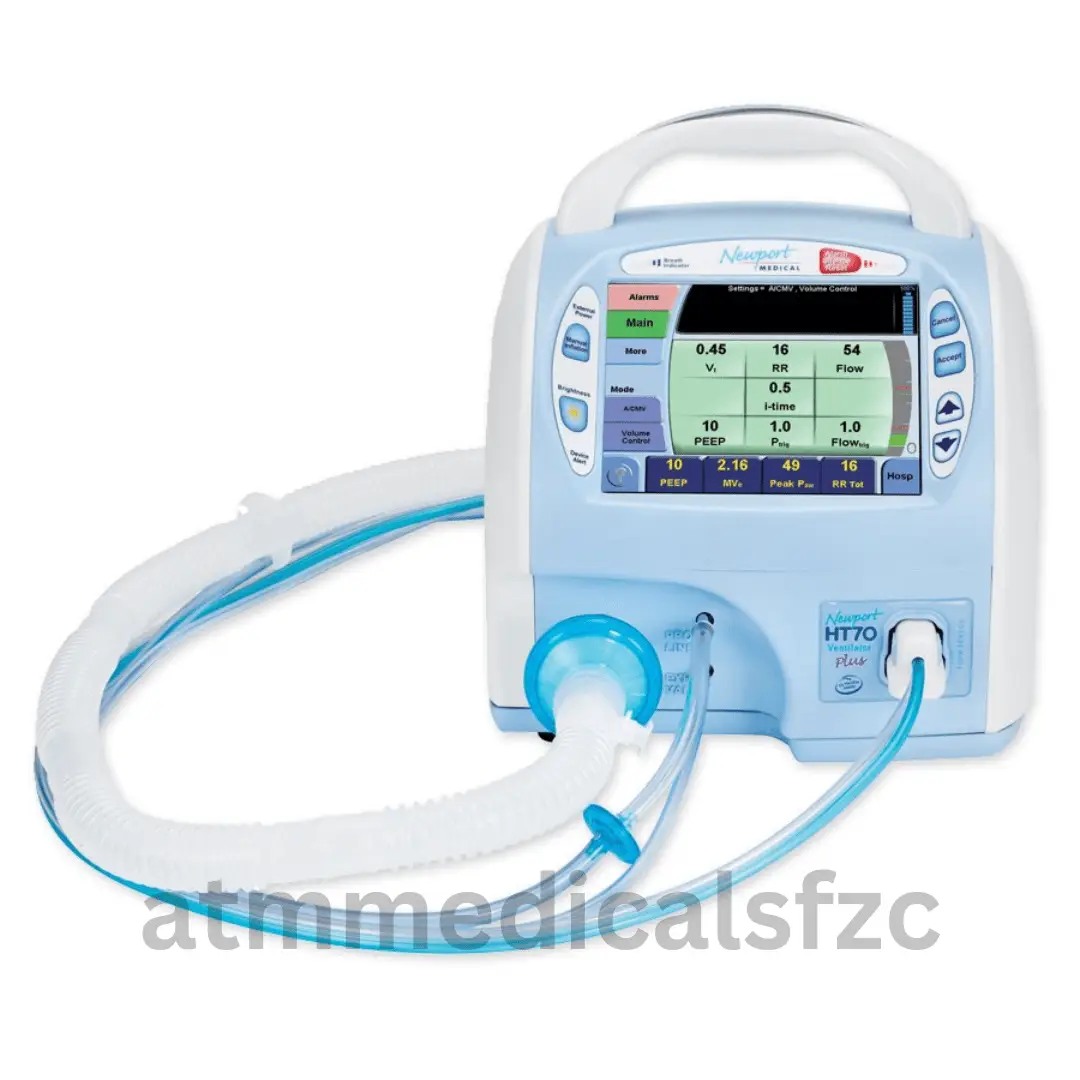
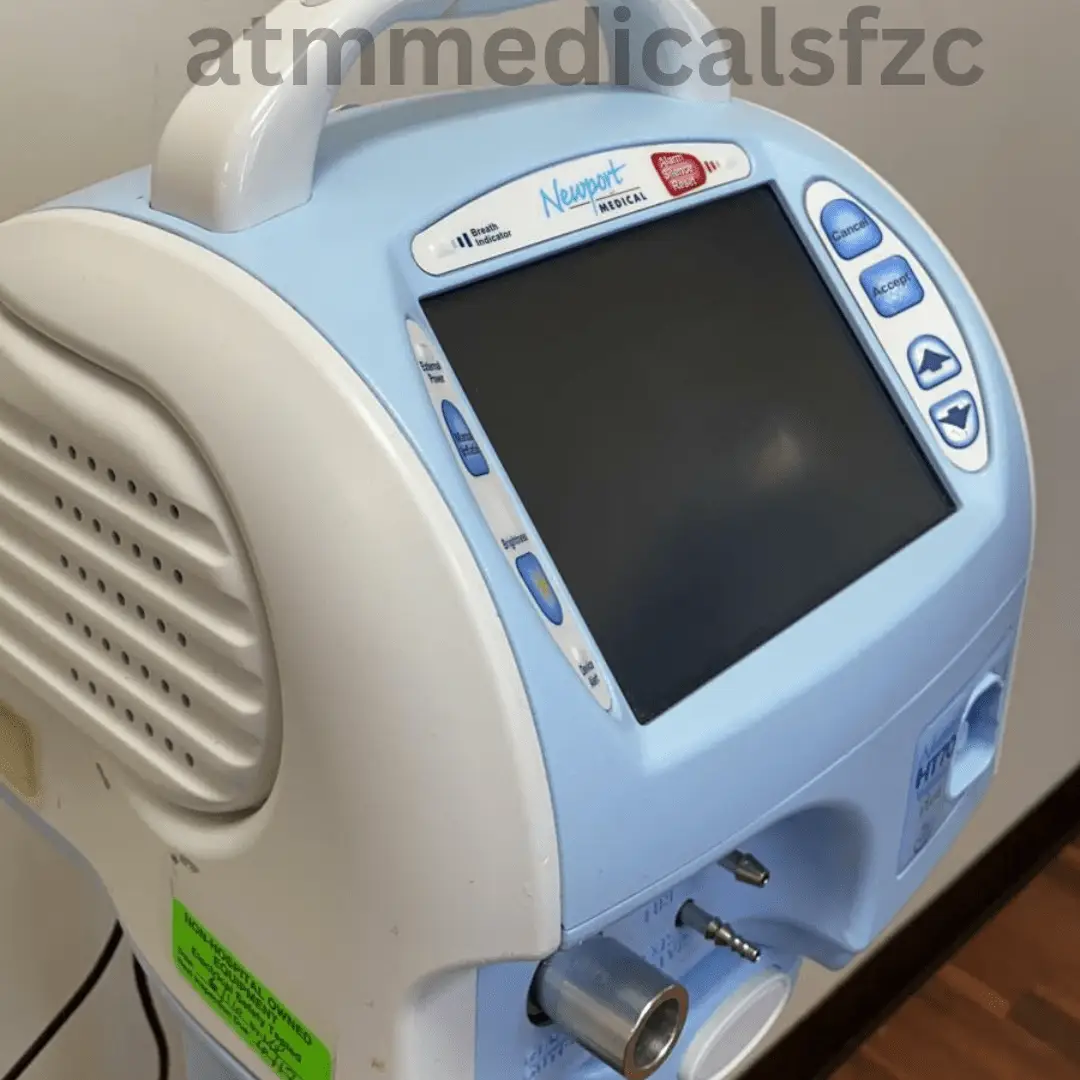
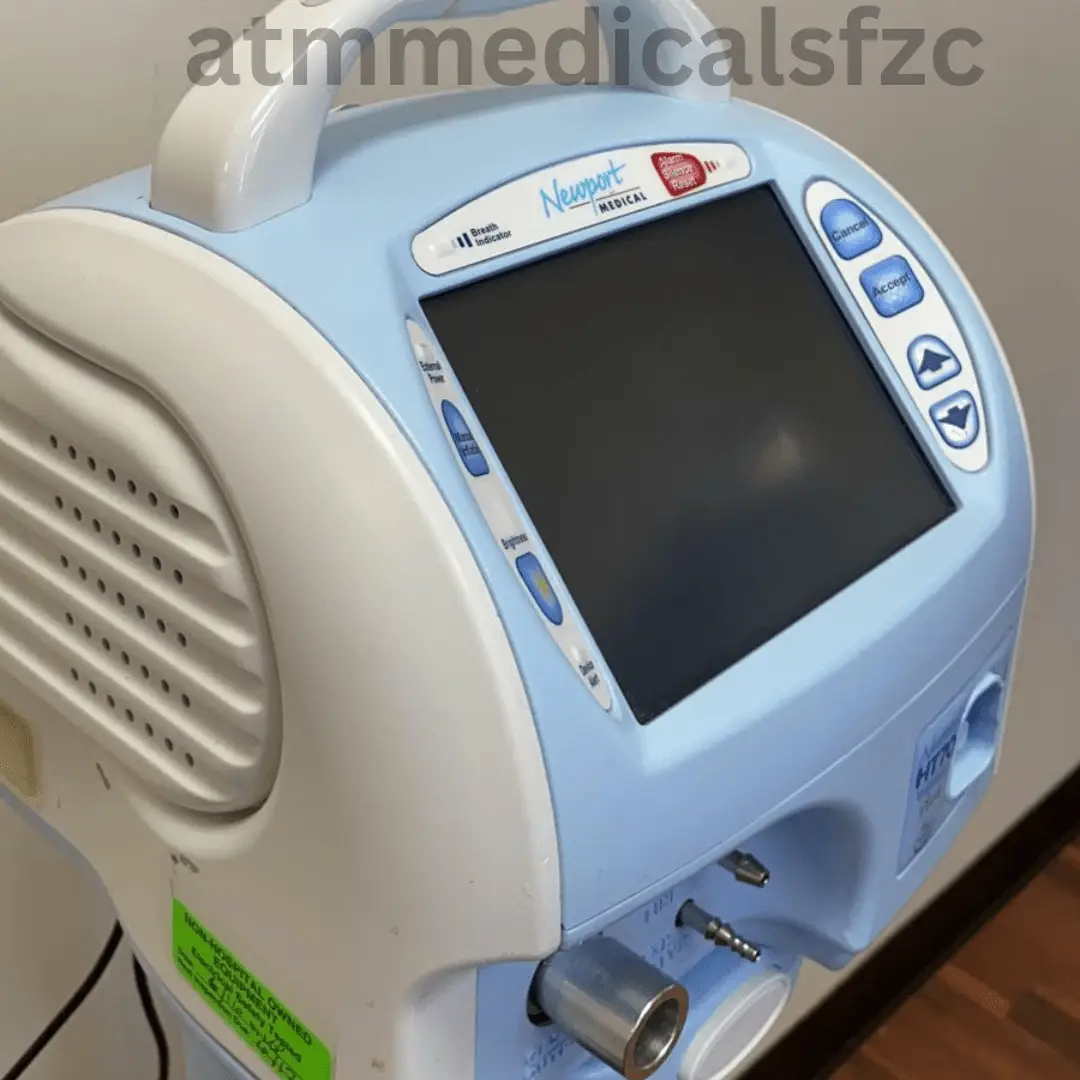
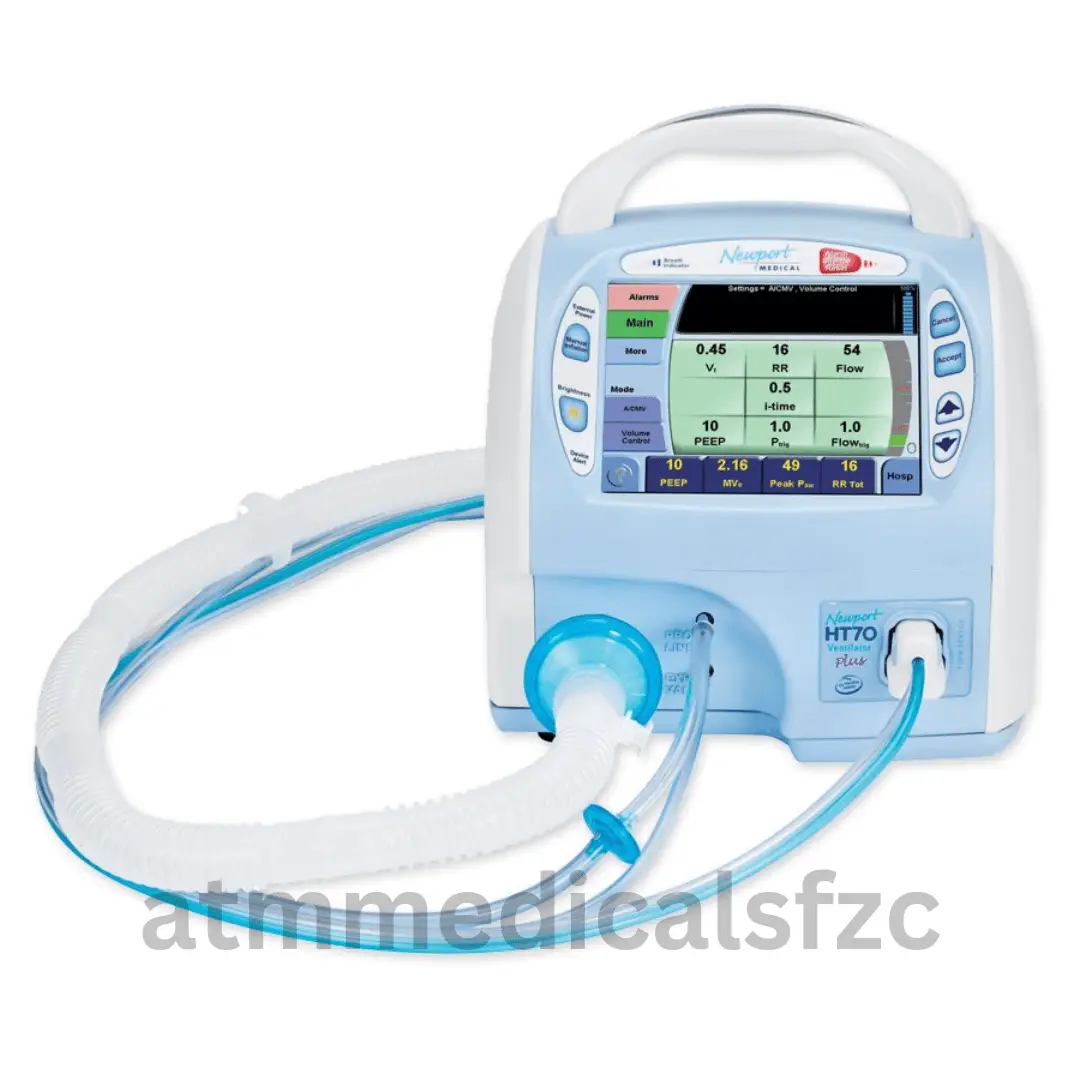
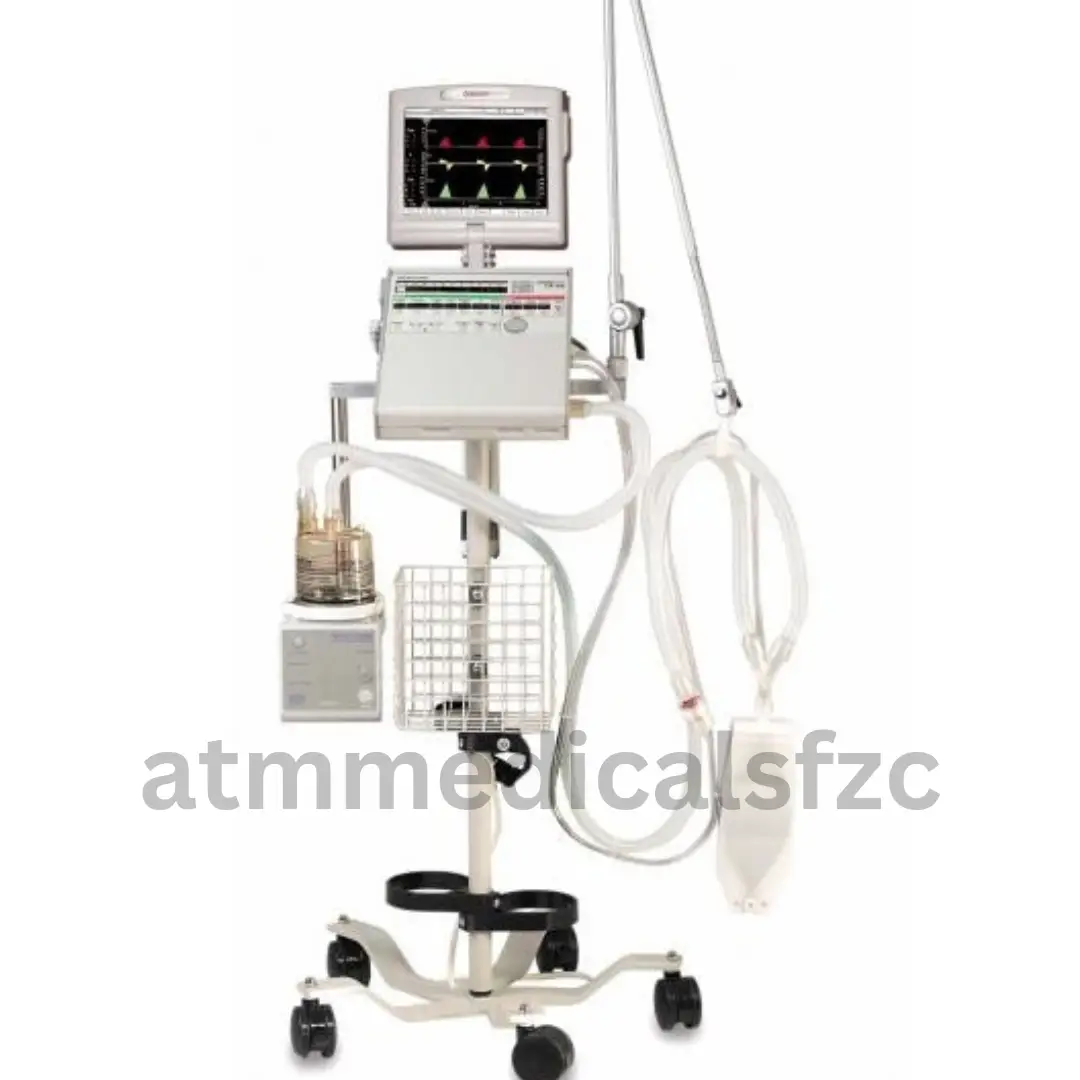
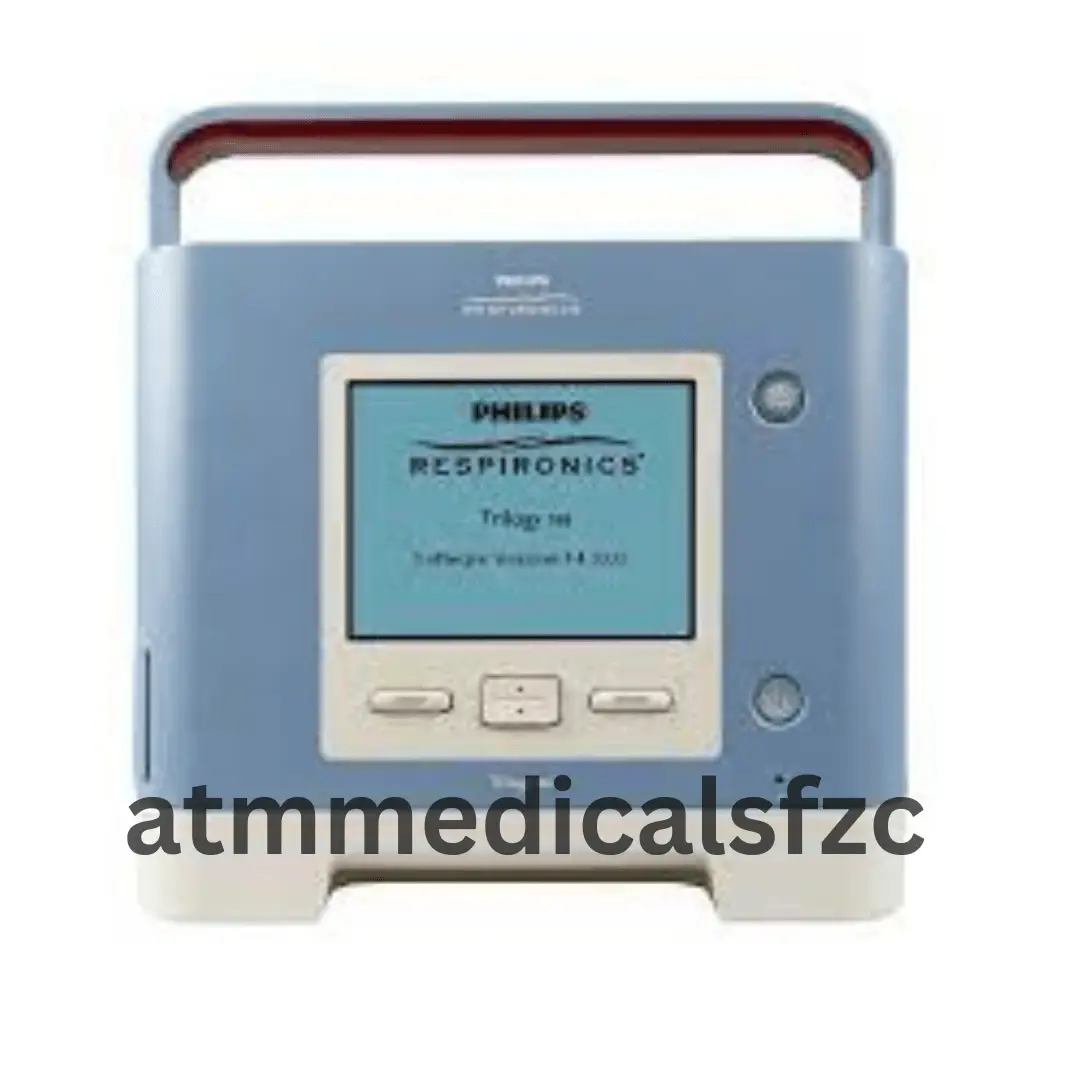
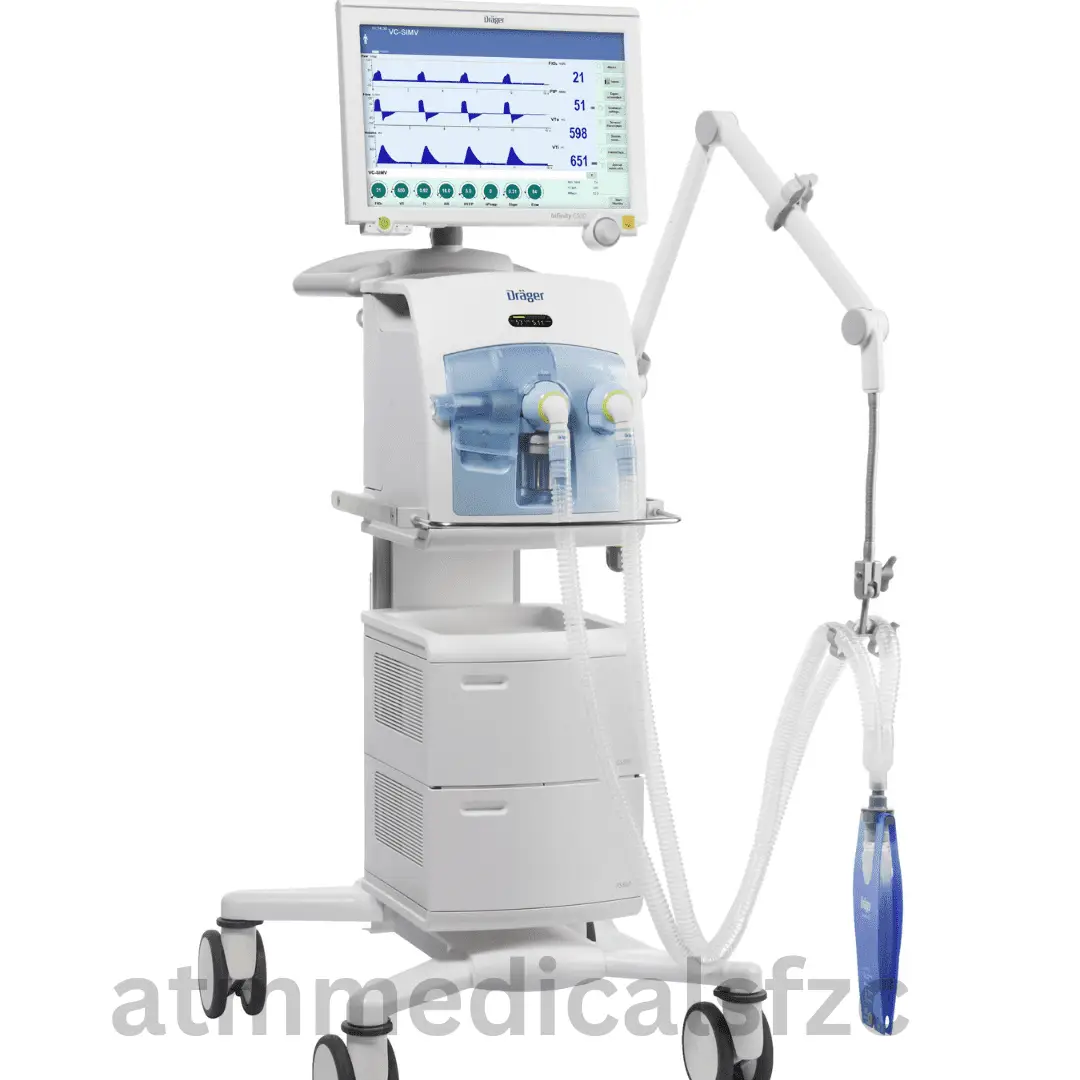


Reviews
There are no reviews yet.